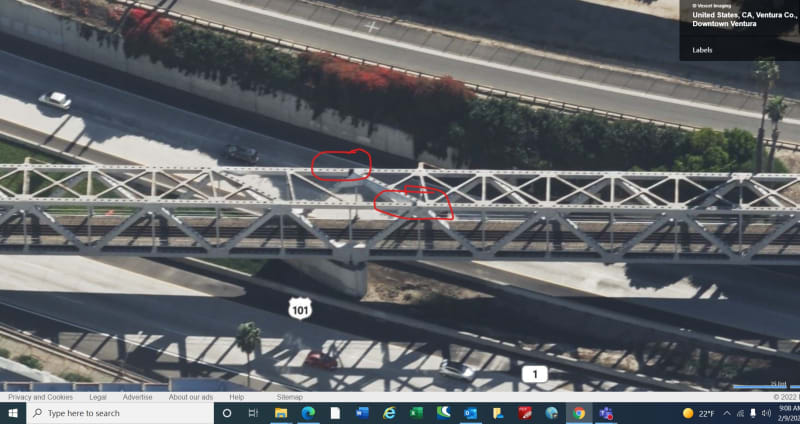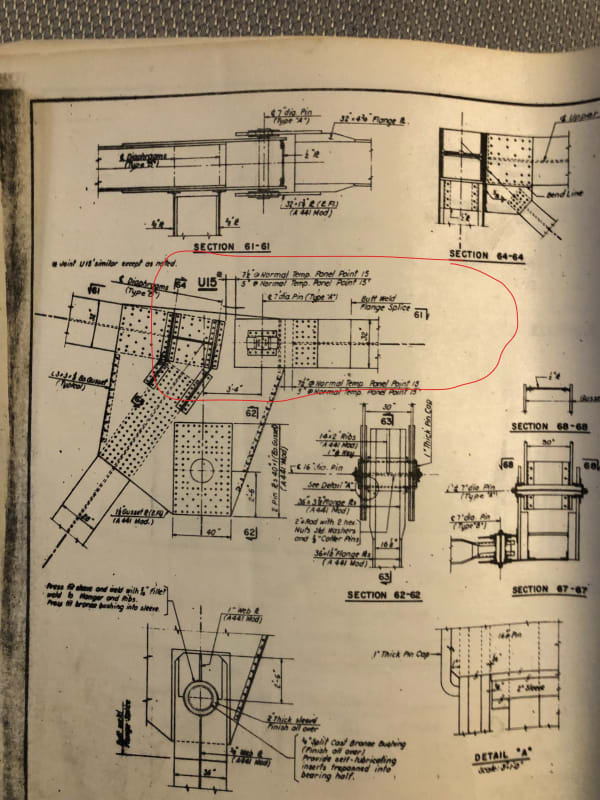Below is a link to a photo of a railroad bridge (build date 1961) over Highway 101 in Ventura CA:
I see that as being a two-span truss bridge.
I am wondering about the reason for the horizontal member along the top, immediately over the center pier. I believe usually this is empty space, in such a structure.
As in this delightful old bridge:
Can someone explain?
spsalso
I see that as being a two-span truss bridge.
I am wondering about the reason for the horizontal member along the top, immediately over the center pier. I believe usually this is empty space, in such a structure.
As in this delightful old bridge:
Can someone explain?
spsalso


